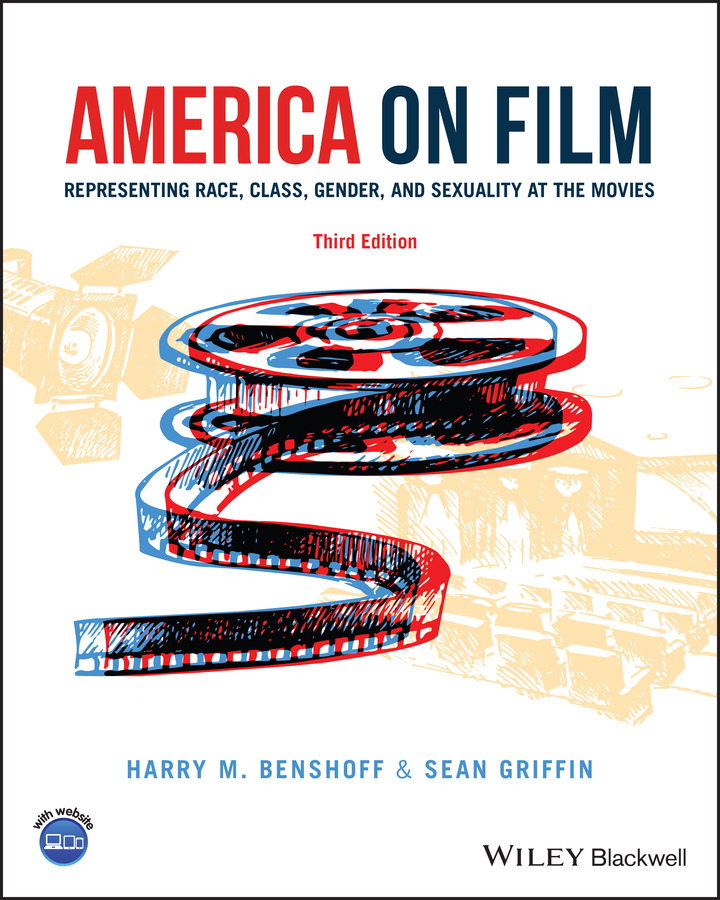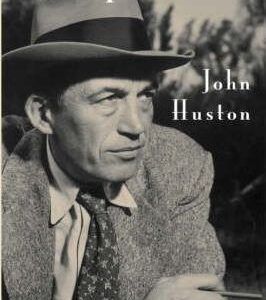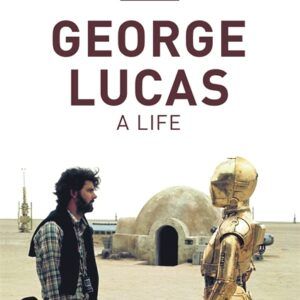<p><b>A comprehensive and insightful examination of the representation of diverse viewpoints and perspectives in American cinema throughout the 20</b><b><sup>th</sup></b><b> and 21</b><b><sup>st</sup></b><b> centuries</b> </p> <p><i>America on Film: Representing Race, Class, Gender and Sexuality at the Movies, </i>now in its third edition<i>, </i>is an authoritative and lively examination of diversity issues within American cinema. Celebrated authors and academics Harry M. Benshoff and Sean Griffin provide readers with a comprehensive discussion and overview of the industrial, socio-cultural, and aesthetic factors that contribute to cinematic representations of race, class, gender, sexuality, and ability. </p> <p>The book incorporates several different theoretical perspectives, including film genre, auteurism, cultural studies, Orientalism, the “male gaze,” feminism, and queer theory. The authors examine each selected subject via representative films, figures, and movements. Each chapter also includes an in-depth analysis of a single film to illuminate and inform its discussion of the chosen topic. </p> <p><i>America on Film</i> fearlessly approaches and tackles several controversial areas of representation in film, including the portrayal of both masculinity and femininity in film and African- and Asian-Americans in film. It devotes the entirety of Part V to an analysis of the depiction of sex and sexuality in American film, with a particular emphasis on the portrayal of homosexuality. Topics covered include: </p> <ul style=”margin-bottom: 0in; font-size: medium; margin-top: 0in;” type=”disc”> <li style=”margin: 0in 0in 0.0001pt; font-size: 12pt; font-family: ‘Times New Roman’, serif; vertical-align: baseline;”>The structure and history of American filmmaking, including a discussion of the evolution of the business of Hollywood cinema </li> <li style=”margin: 0in 0in 0.0001pt; font-size: 12pt; font-family: ‘Times New Roman’, serif; vertical-align: baseline;”>African Americans and American film, with a discussion of <i>BlacKkKlansman</i> informing its examination of broader issues </li> <li style=”margin: 0in 0in 0.0001pt; font-size: 12pt; font-family: ‘Times New Roman’, serif; vertical-align: baseline;”>Asian, Latin/x, and Native Americans on film </li> <li style=”margin: 0in 0in 0.0001pt; font-size: 12pt; font-family: ‘Times New Roman’, serif; vertical-align: baseline;”>Classical Hollywood cinema and class, with an in-depth examination of <i>The Florida Project</i> </li> <li style=”margin: 0in 0in 0.0001pt; font-size: 12pt; font-family: ‘Times New Roman’, serif; vertical-align: baseline;”>Women in classical Hollywood filmmaking, including a discussion of the 1955 film, <i>All that Heaven Allows</i> </li> </ul> <p>Perfect for undergraduate and graduate students in film, media, and diversity-related courses, the book also belongs on the shelves of anyone interested in diversity issues in the context of American studies, communications, history, or gender studies. Lastly, it’s ideal for use within corporate diversity training curricula and human relations training within the entertainment industry. </p>
Sale!
America on Film
₹2,399.00
Representing Race, Class, Gender and Sexuality at the Movies
This book is currently not in stock. You are pre-ordering this book.




